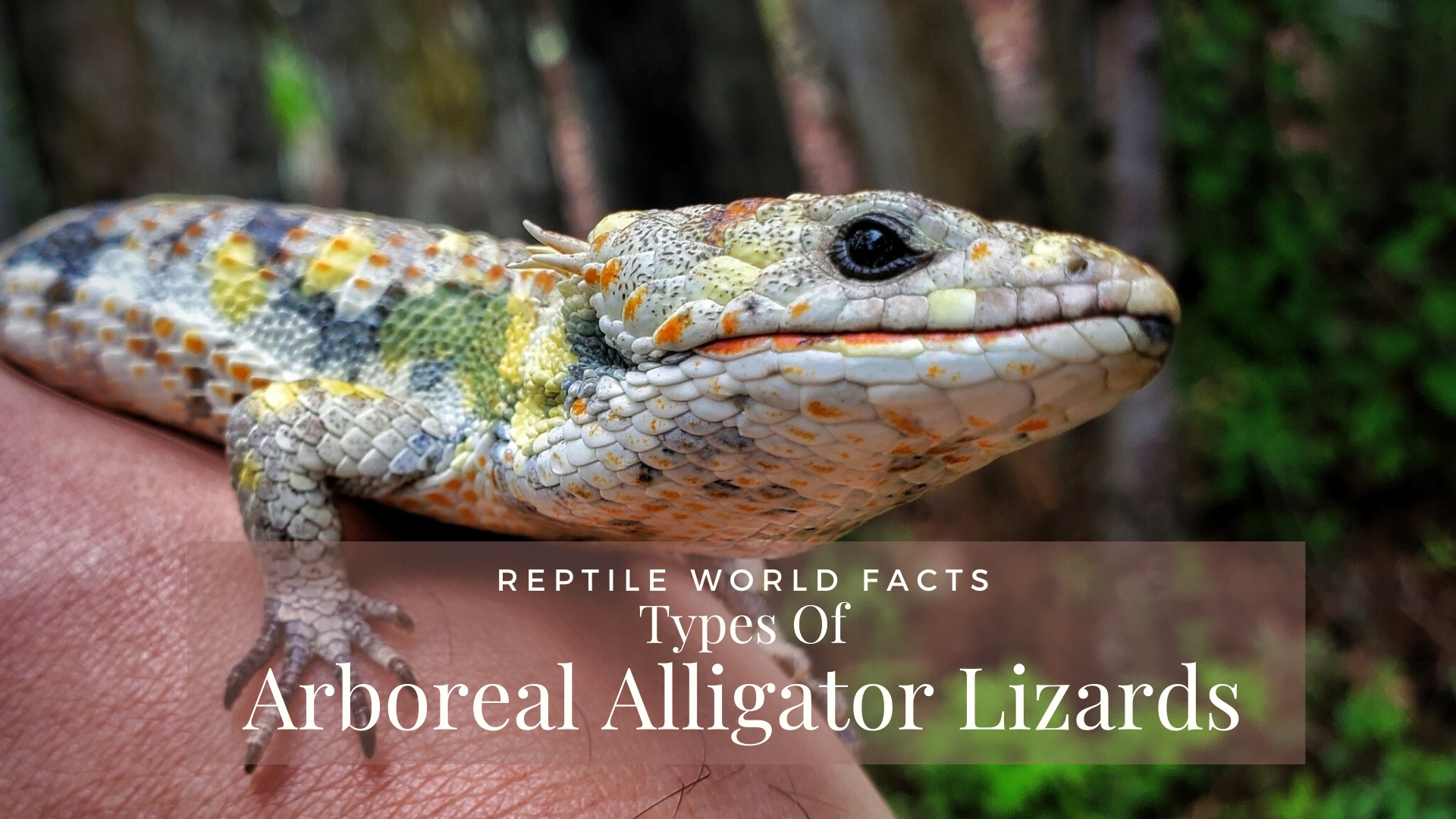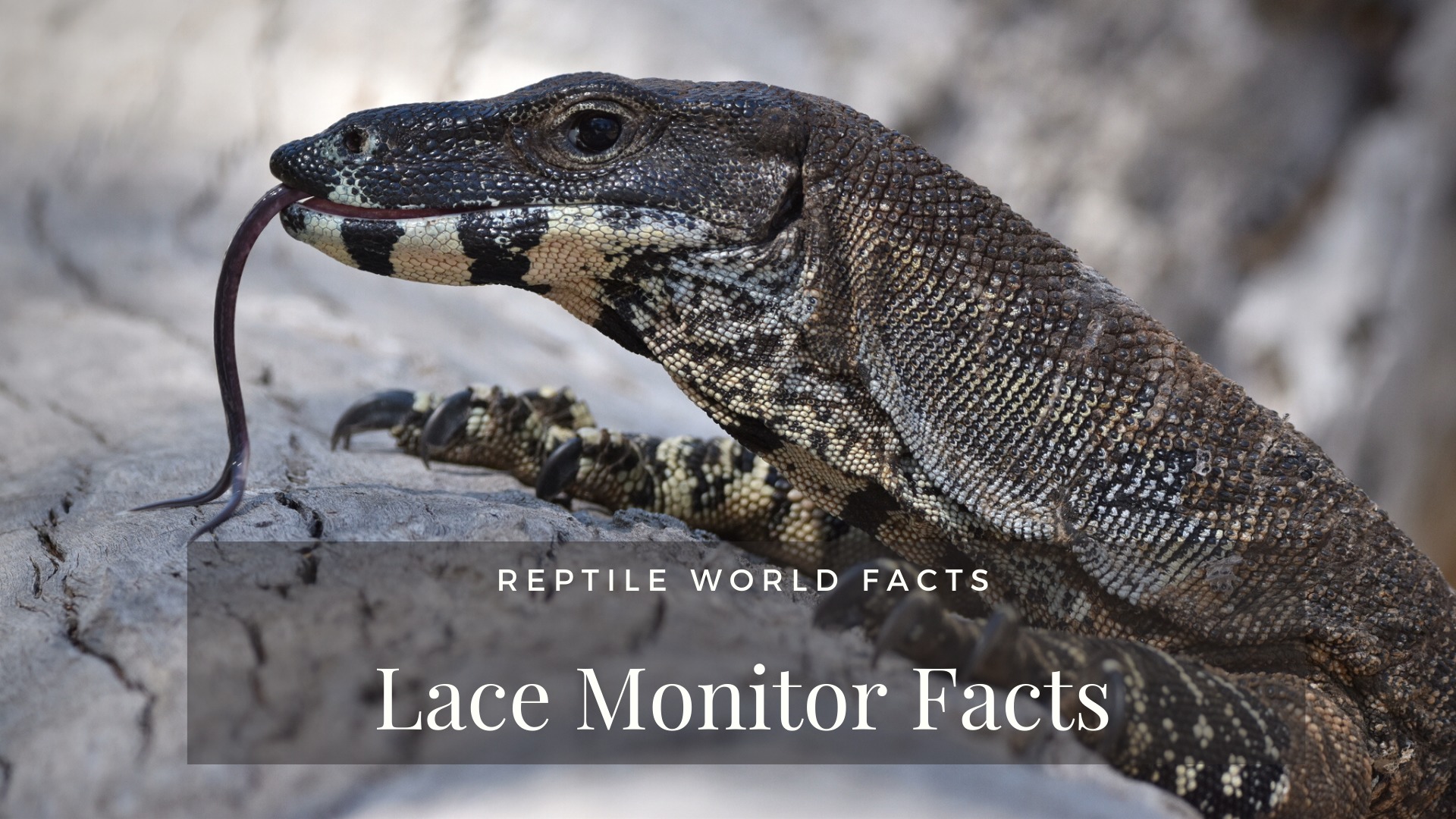Jackson’s chameleon article banner source: Here
Quick Facts
Scientific Name: Trioceros Jacksonii
Common Names: Jackson’s Three-horned Chameleon, Jackson’s Chameleon, Kikuyu Three-Horned Chameleon
Geographic Range: South-central Kenya and Northern Tanzania
Life Span: 5 – 10 Years
Conservation Status: Least Concern

Top 10 List – Jackson’s Chameleon
1. Habitat

Jackson’s Chameleons reside in the trees than inhabit the mountain thickets and forests of South-central Kenya and Northern Tanzania, and various areas where they were introduced in Hawaii, florida, and California. They stay in the trees as they provide cover for them to hide in, and the only time they venture to the ground is to mate and lay eggs. Rainfall in the areas where they are naturally found are seasonal, but exceed 50 inches a year. The day temps are anywhere from 16-27 degrees C, and nights drop to 4-18 degrees C.
2. Horned Appearance
Jackson’s chameleons can range from 15-35 cm in length. They are various shades of green (some may have a bit of blue or yellow), but like most chameleons their colour changes on their mood, health, and the temperature. For example, they can turn as dark as black if they are in extreme distress. Their pupil is the only visible part of their eye not covered in skin, and they can rotate each eye 180 degrees, and move them independently from each other. The back of the head has a small crest, and they have small spines that run along their backs. They also have prehensile tails and feet that are made to help them climb and live in the trees.
These chameleons have a large and obvious difference between the males and the females. The male chameleons have 3 long, pointed horns sticking out from their heads. One horn in on their nose, and one behind each eye. The females are lacking these horns, or only have tiny bumps where the horns would be on males.
3. Baby Chameleons

In an effort to impress a female chameleon, and in hopes of mating, male jackson’s chameleons will change their colour, inflate their throat, and raise their forelegs towards the female. If the female accepts they will mate, and the female will then gestate the babies for around 190 days. The baby chameleons are born in a gelatinous sac. When they touch the ground, they begin to stretch and emerge into the world. At birth these baby chameleons are roughly only 5.5 cm. These hatchlings will grow and reach sexual maturity at 9 or 10 months old.
4. Diet

Jackson’s chameleons diet consists of mainly insects found in their habitat, as well as spiders. Their favourite time to hunt for food is in the morning after warming themselves up in the sun. They will blend into the trees, and sit still and wait for their prey to go by. Once they spot their prey they stick their tongue out to catch the insect, in that famous chameleon way.
5. Territorial Males

Like most chameleons, male Jackson’s chameleons are territorial. They will occasionally battle with their horns, trying to push the other chameleon off the branch. However more often they will inflate with air to appear larger and more intimidating, turn brilliantly bright colours, open their mouths, and sway while sometimes softly hissing. The submissive male will then try to hide, escape, or freeze, and will fade into drab colours.
6. Conservation

The IUCN red list lists these specific chameleons as stable and of least concern. However, the Convention on International Trade in Endangered Species (CITES) lists all chameleons as threatened. Chameleons are on the decline due to habitat destruction and the exotic pet trade. Many of these chameleons do not make it in transit due to their delicate nature. Captive breeding of the Jackson’s Chameleon isn’t that successful, except for the Sand Diego Zoo and a few private breeders. Chameleons are also preyed upon by birds, shrews, snakes, and lizards, and will use their stillness and ability to change colour to hide from said predators.
7. Long Life By Chameleon Standards
Jackson’s Chameleons have a pretty long lifespan, especially in captivity, compared to most other types of chameleons. Jackson’s chameleons can live up to 10 years, while most other chameleons will only live for 2-5 years.
8. Meaning of Their Scientific Name

The beginning of their scientific name – trioceros is split into two words. Trio meaning three, and keras (ceros) meaning horns. Which in English is: three horns, which refers to the horns on their head. Jacksonii is the Latinized form of Explorer Frederick John Jackson’s last name, who was the governor of Kenya at the time.
9. Jackson’s Chameleons as Pets

Jackson’s Chameleons are available in the exotic pet trade, however they aren’t the easiest reptiles to care for, and have specific needs and requirements. They require high humidity, and colder temperatures at night. However, too much humidity and excessive heat can have deadly consequences, and can cause eye infections and upper respiratory infections. If you’re thinking of getting one as a pet make sure you put in the time, effort, and research into giving it the proper care it needs.
10. Subspecies
Jackson’s chameleons have three subspecies. They are as follows: T. j. jacksonii (Jackson’s Chameleon), T. j. merumontanus (Dwarf Jackson’s Chameleon) and T. j. xantholophus (Yellow-Crested Jackson’s Chameleon).
—
Enjoy this article? Share it with your friends using the links below! Also, leave a comment below and let us know what you think. Thanks for reading!







